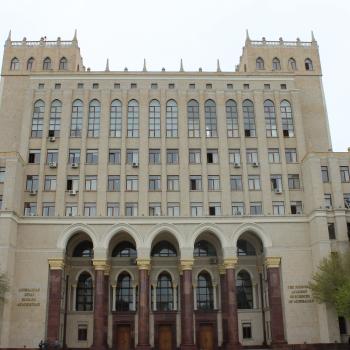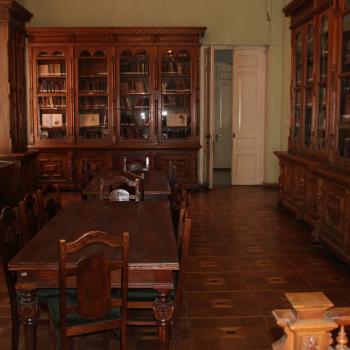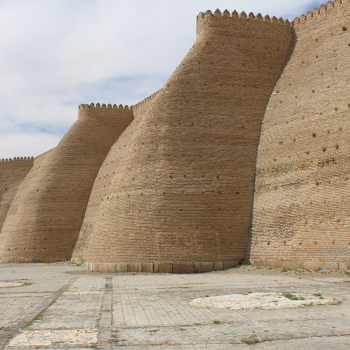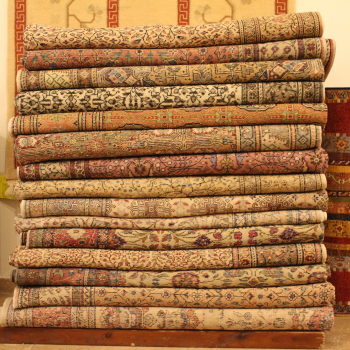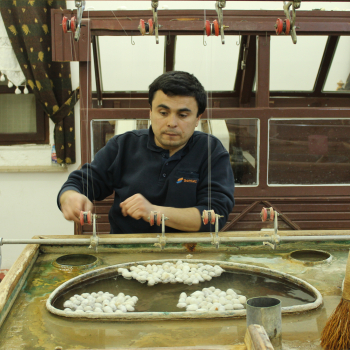Tourism makes an important contribution to modern society and culture, with museums and craft-production, in particular, providing key elements. The components that make up contemporary tourism, including the role played by museums in Mongolia, the representations of Mongolia in Europe, and traditional craft-production, could play a significant role in the development of this sector of the Mongolian economy. It is clear that the performing arts are now established and recognised.
A series of stories about life on and around the River Ganges, including poetic and mystical musings, as recounted by a female personification. Here she recounts tales of the many visitors who, over time, came to her shores, as well as those who have sailed on her waters to embark on adventures and discover new bounties. Visitors mentioned, include the first Aryans, as well as the film director, Frederico Fellini.
Objects, including those found in the Fukinoki tomb in Nara, demonstrate the cultural and artistic influences that arrived in Japan via the Silk Road. The designs of dragons and phoenixes, which can be seen on gilt belt plaques, bear a striking resemblance to similar ones that have Scythian origins. Meanwhile a gilt bronze crown that was found there, is very similar to a crown discovered in North Afghanistan.

